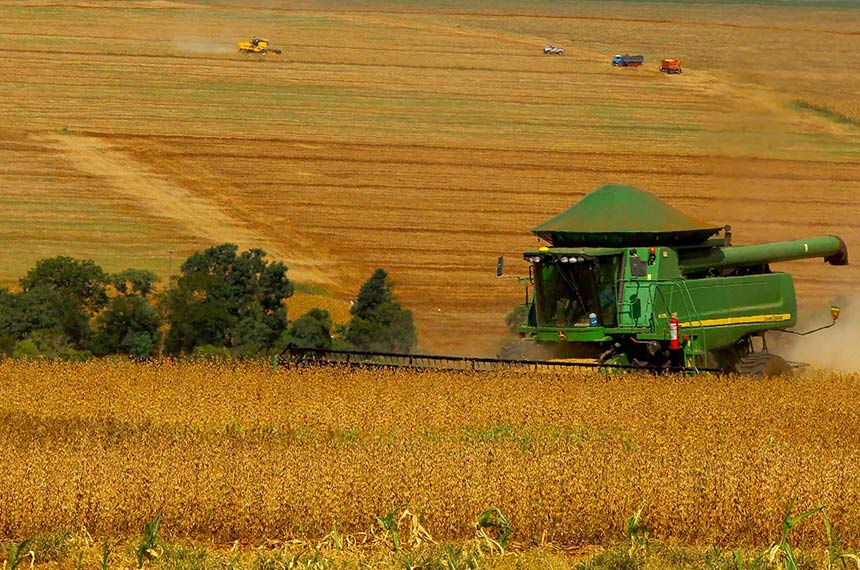Plurality vote in companies...
July 6, 2021
The House approved the text of the MP with...

By Ronaldo Ishikawa | 21 July 2021 at 15:30
Uncertainties about the new product end up taking away some of the traction needed for managers, administrators and distributors to get headlong into the structuring and constitution of Fiagro, hindering the formation of a broader financing market for agribusiness
On July 13 this year, the Securities and Exchange Commission of Brazil (CVM) edited CVM Resolution 39, through which, in a provisional and experimental way, it was decided to regulate the Agroindustrial Productive Chain Investment Funds (Fiagro) using the existing rules for the constitution and operation of Real Estate Investment Funds (FII), Investment and Participation Funds (FIP) or Credit Rights Investment Funds (FIDC).
CVM Resolution 39 will be effective as of August 1, 2021, and will allow the market to test the constitution of Fiagro under different forms of existing rules for structured investment funds under the regulatory aegis of the CVM. The market reacted positively to the speed with which the Autarchy edited the rule, allowing the structuring of this new collective investment vehicle.
In summary, the CVM allowed Fiagro to be structured as FII, FIP or FIDC, applying, in each case, the rules currently existing under CVM Instruction 472, CVM Instruction 578 or CVM Instruction 356, respectively.
From a regulatory perspective, it was an interesting way to already make available to the market the possibility of constituting Fiagro, since, in parallel, CVM has, over the years, been seeking to promote regulatory convergence among the different types of structured funds, and this process culminated in the CVM/SDM Public Hearing No. 08/2020, which proposes establishing a new regulatory framework for investment funds in Brazil.
From a market perspective, however, it is important to highlight that this possibility of constituting Fiagro under different forms (and standards) of regulation can bring, in a first moment, incentives or disincentives for the formation of a market proper to Fiagro. From the point of view of certain institutional investors, the conformation of a Fiagro under the form of FII, FIP or FIDC allows them to find the best profile applicable to the nature, the term or the return that is sought through such investments (also due to the possibility of structuring open or closed funds or with different classes of shares), thus allowing them to choose the best funding structure for Fiagro.
On the other hand, from the perspective of individual investors, the Fiagro being subject to different regulations, makes the "comparability" between different investment funds difficult, in that they may or may not be subject to different rules, for example, of classification or de-confliction of their portfolios. Just as an example, under the current regulations, the FIDC should, after 90 days of the beginning of their activities, have at least 50% of their portfolio composed of credit rights, while the FIPs should maintain at least 90% of their portfolio invested in the assets foreseen in the CVM Instruction nº 578 (shares, debentures, convertible bonds and securities, etc.), while the FII, on the other hand, do not present such framework rules, generically speaking.
This multiple possibility of structuring investment funds for the same niche under different legal types has already been verified in relation to the incentive investment funds constituted under the regulations of Law no. 12.431 (for investment in the infrastructure area), and what was seen, in practical terms, was the constitution of different types of investment funds (FIDC, FIC-FIDC, FIP, Investment Funds regulated under CVM Instruction 555 - open or closed), which ended up not contributing to the formation of a market with depth - or with the participation of so many individuals - as was seen in relation to the FII market, which reached the mark of 1.4 million individual investors by the end of June 2021.
Another point to be highlighted in relation to Fiagro concerns the roller coaster ride - under the fiscal aspect - that Fiagro has been through since its introduction in our legal system. First, when Law number 14.130 was issued, it was published with certain presidential vetoes that excluded its tax benefits. Later, these vetoes were overruled by the National Congress, which moved the market positively. Subsequently, the first draft of the Bill that intends to implement the second phase of the tax reform excluded again the tax benefits to Fiagro and, finally, the substitute text recently presented returned with such tax benefits.
This uncertainty ends up taking away some of the traction necessary for managers, administrators, and distributors to get headlong into the structuring and constitution of Fiagro, hindering the formation of a broader financing market for agribusiness. It remains for us to await the next steps of the discussions about tax reform, as well as to follow the evolution of the market as to the ways in which Fiagro will be structured.
See the full article: https://www.infomoney.com.br/colunistas/convidados/fiagro-a-volta-dos-que-nao-foram/

Cardeal Arcoverde street, 2365 - 12º Floor
Pinheiros - Zip Code: 05407-003, São Paulo City- São Paulo State - Brazil
+55 (11) 5102-5400
Send us a message using the form below.